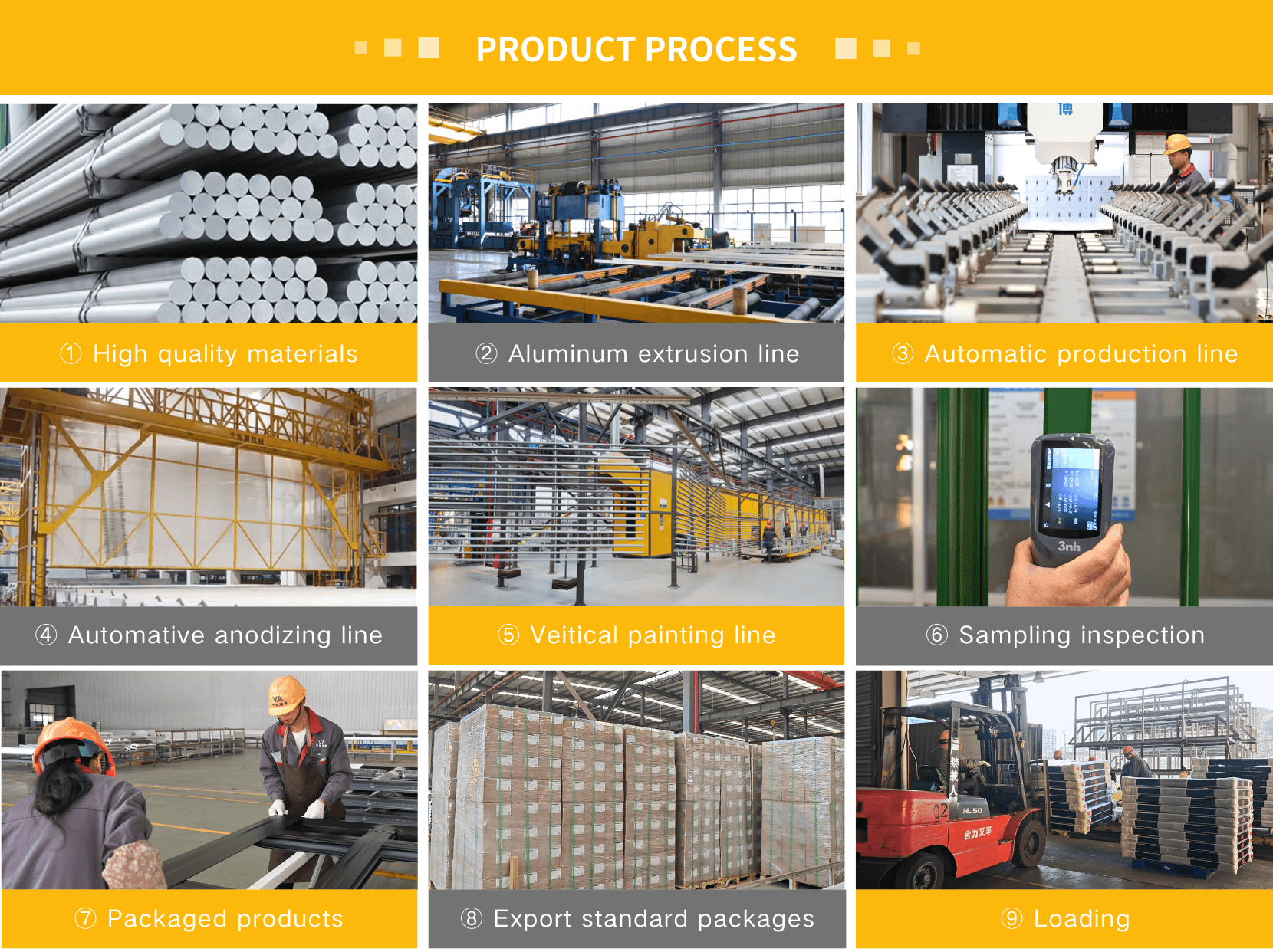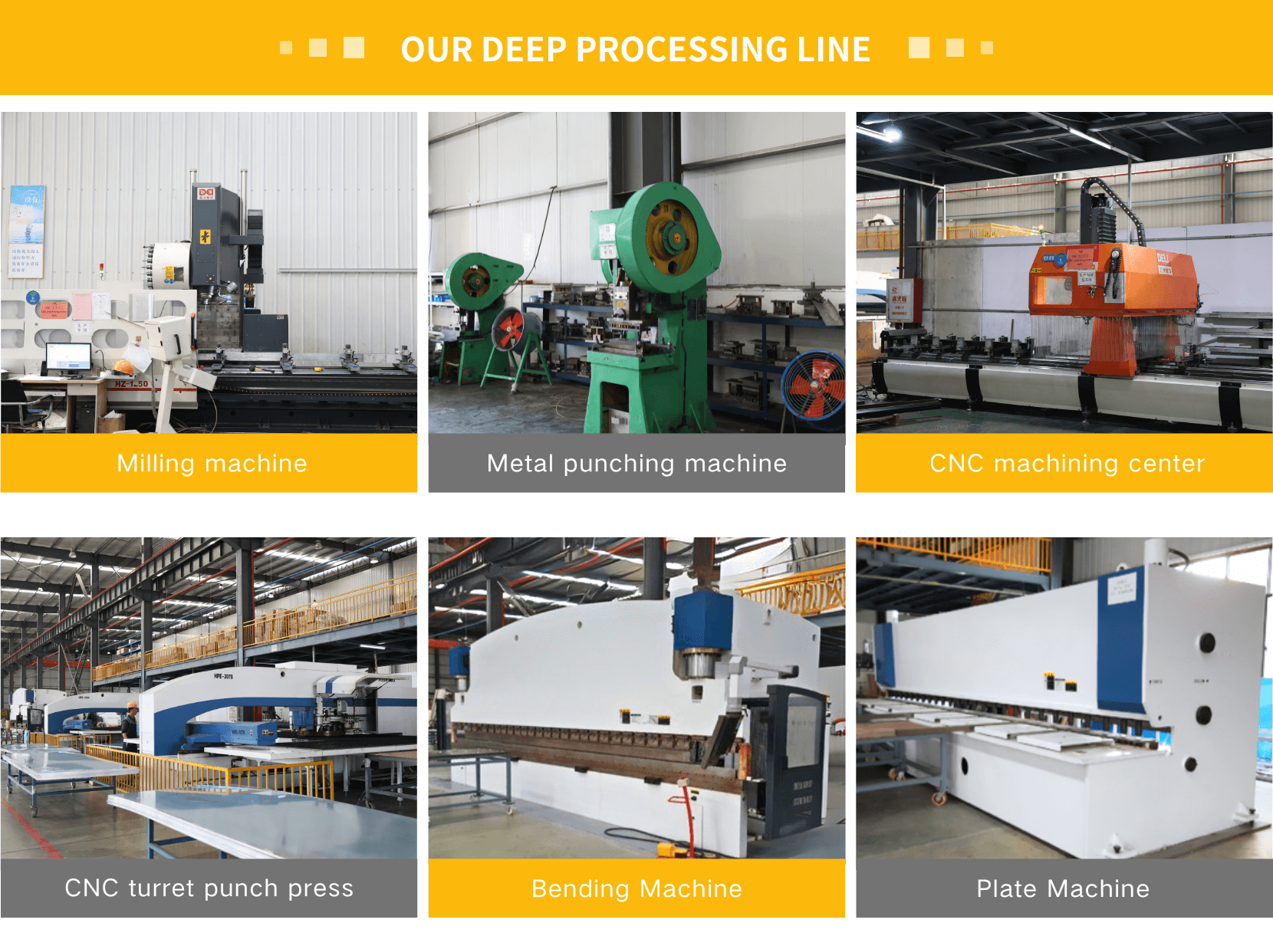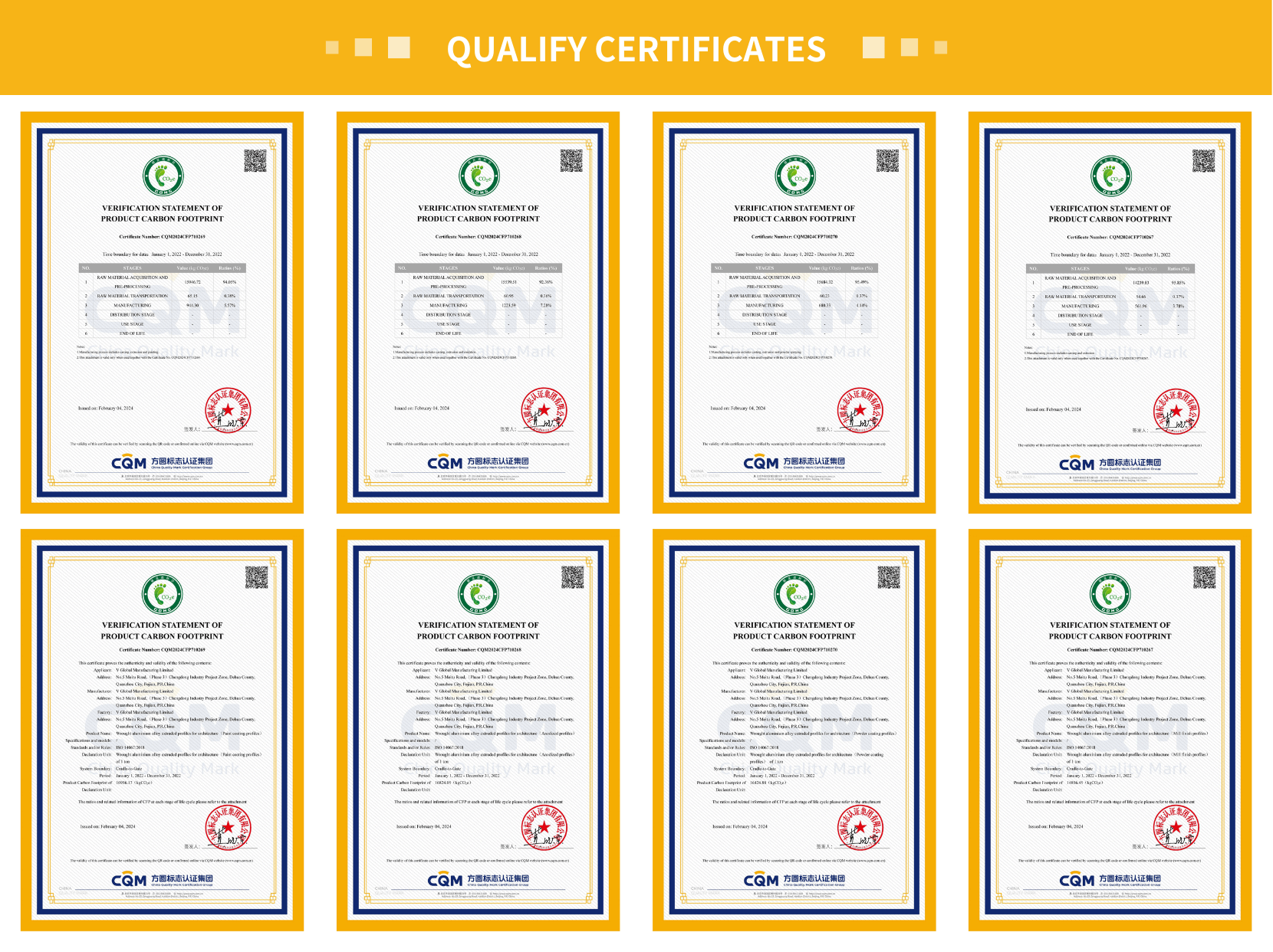Tel: +86-18065255079 E-mail: wulixia@vameitulvye.com
Whatsapp:+86 15260985928
English
- All
- Product Name
- Product Keyword
- Product Model
- Product Summary
- Product Description
- Multi Field Search
| Materials | 6060 | 6063 | 6061 | 6082 | 6005A | 6351 | 6060 | 6005 |
| TEMPER | T3-T6 | |||||||
| Type | Thermal break Break | |||||||
| Packing | Plastic films+Exported bundles; Plastic films+Pallets | |||||||
| Length | 6000MM or as request | |||||||
| Shape | Square | |||||||
| STANDARD | ANSI H35.2-2013 EN755/GB5237.1-2017 | |||||||
| CERTIFICATION | ISO, Green Building materails | |||||||
| PVDF Coating | ||||||||
| DEEP PROCESSING | CNC, Cutting, punching, drilling, bending, | |||||||
| Aluminum with glass | Clearn float, lamited, tempering, Low-E Coated glassess. | |||||||
| OEM | Customized aluminium profiles are available. | |||||||
Thermal bridging—where heat transfers through metal frames—accounts for up to 40% of a building’s energy loss, leading to high heating/cooling bills and inconsistent indoor temperatures. By integrating a non-conductive thermal barrier (typically polyamide 66 with 25% glass fiber) between the inner and outer aluminum profiles, these doors drastically reduce heat transfer, keeping interiors cool in summer (maintaining 24°C - 26°C without excessive AC use) and warm in winter (retaining 20°C - 22°C with lower heating input). They balance this efficiency with structural strength, making them ideal for entry doors (boosting curb appeal), patio doors (connecting indoor/outdoor spaces), and commercial entrances (withstanding heavy foot traffic), all while complementing modern architectural styles.
Superior Insulation: Achieves U - values as low as 1.0 - 1.8 W/(m²·K), with region-specific optimizations: 1.0 W/(m²·K) for cold climates (e.g., Northern Europe, Canada) and 1.8 W/(m²·K) for mild climates (e.g., Southern Europe, California). This outperforms standard aluminum doors (4.5 - 5.5 W/(m²·K)) by minimizing thermal bridging, reducing annual energy costs by 20% - 30% for a typical 150m² home.
Structural Strength: Door frames feature 2.0mm + thick aluminum profiles (up to 3.0mm for commercial use) with reinforced steel cores, meeting AAMA 1503-19 standards for wind load resistance (up to 6kPa) and impact resistance (withstanding a 10kg sandbag drop from 1.5m). This ensures durability even in high-wind areas (e.g., coastal regions prone to hurricanes).
All - Weather Performance: Multi-chambered frame design (3 - 5 chambers) with EPDM gaskets (resistant to ozone and UV degradation) prevents air leakage (air infiltration rate ≤ 0.5 m³/(h·m)) and water infiltration (tested to ASTM E331 standards for 15 minutes of heavy rain). The gaskets also reduce noise transmission by up to 35dB, ideal for homes near busy roads or commercial spaces.
Design Versatility: Compatible with various glazing options—double-pane (24mm thickness), triple-pane (36mm thickness), or low-e glass (with a silver oxide coating to reflect heat)—and finishes, including powder coating (200+ RAL colors) and anodizing (natural, black, bronze). This allows customization to match architectural styles, from modern minimalist to classic traditional.
Residential Entrances: Enhance curb appeal for single-family homes, townhouses, and luxury villas. The thermal barrier reduces energy loss through front doors (a major heat escape point), while customizable finishes (e.g., black powder coating for modern homes, bronze anodizing for classic styles) elevate exterior aesthetics.
Commercial Buildings: Ideal for high-traffic spaces like offices, hotels, shopping malls, and hospitals. The durable aluminum frame withstands daily use (up to 1000 openings/closing per day), while the thermal insulation maintains consistent indoor temperatures—critical for patient comfort in hospitals or customer satisfaction in retail stores.
Cold/Hot Climates: Particularly effective in regions with extreme temperatures. In cold climates (e.g., Siberia, Alaska), the low U-value (1.0 W/(m²·K)) prevents frost buildup on door interiors; in hot climates (e.g., Dubai, Arizona), it blocks solar heat gain, reducing AC runtime by 25%.
Energy-Efficient Homes: A key component for LEED-certified or Passive House projects, contributing to energy efficiency credits and reducing a home’s carbon footprint by up to 150kg/year.
Q: What is a thermal break, and how does it work?
A: A thermal break is a non-conductive material (usually polyamide 66 with glass fiber reinforcement) that physically separates the door’s inner and outer aluminum frames. By breaking the metal-to-metal contact, it blocks heat transfer by up to 80%—preventing cold air from seeping in during winter and hot air from entering in summer. The polyamide material also has high tensile strength (50 MPa), ensuring it doesn’t degrade under frame pressure.
Q: How long does the thermal barrier last?
A: The polyamide thermal break is designed to last the door’s lifetime (typically 25 + years) without degradation. It is resistant to temperature fluctuations (-40°C to 120°C), moisture, and UV radiation, so it won’t crack, warp, or lose insulating properties over time. We back this with a 15-year warranty for residential use and 10-year warranty for commercial use.
Q: Are these doors compatible with smart locks?
A: Yes, the reinforced aluminum frame (with steel cores in key areas) can accommodate various locking systems, including smart locks (e.g., Bluetooth-enabled, fingerprint-scanning) and high-security deadbolts (meeting ANSI Grade 1 standards). Our engineering team provides pre-drilled holes and mounting brackets to ensure seamless installation of popular smart lock brands (e.g., Schlage, Yale).
Q: Do these doors offer sound insulation?
A: Yes, the multi-chambered frame and EPDM gaskets provide sound insulation with a STC (Sound Transmission Class) rating of 32 - 35 dB. This reduces outdoor noise (e.g., traffic, construction) by half, making them ideal for homes near highways or commercial areas with frequent activity.


